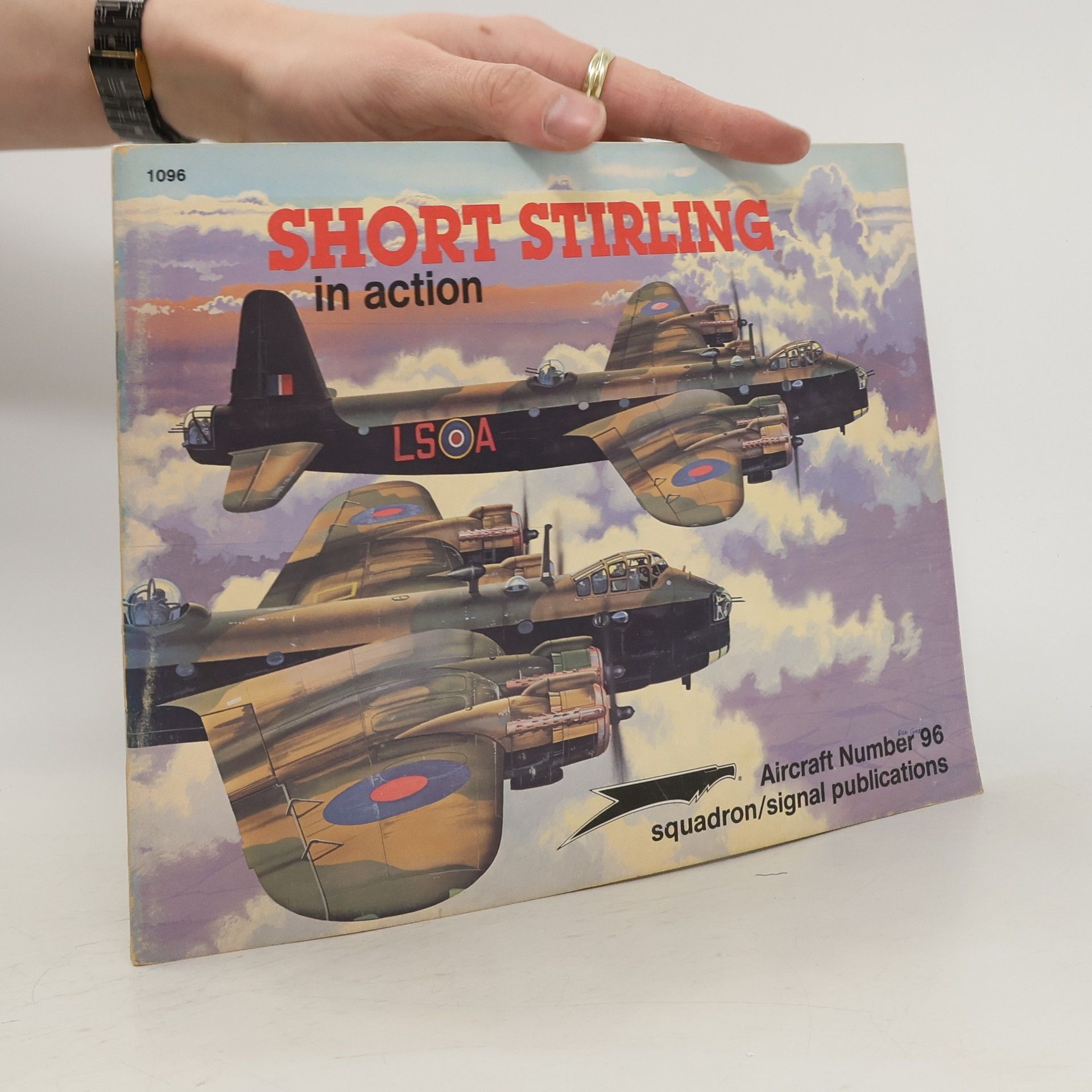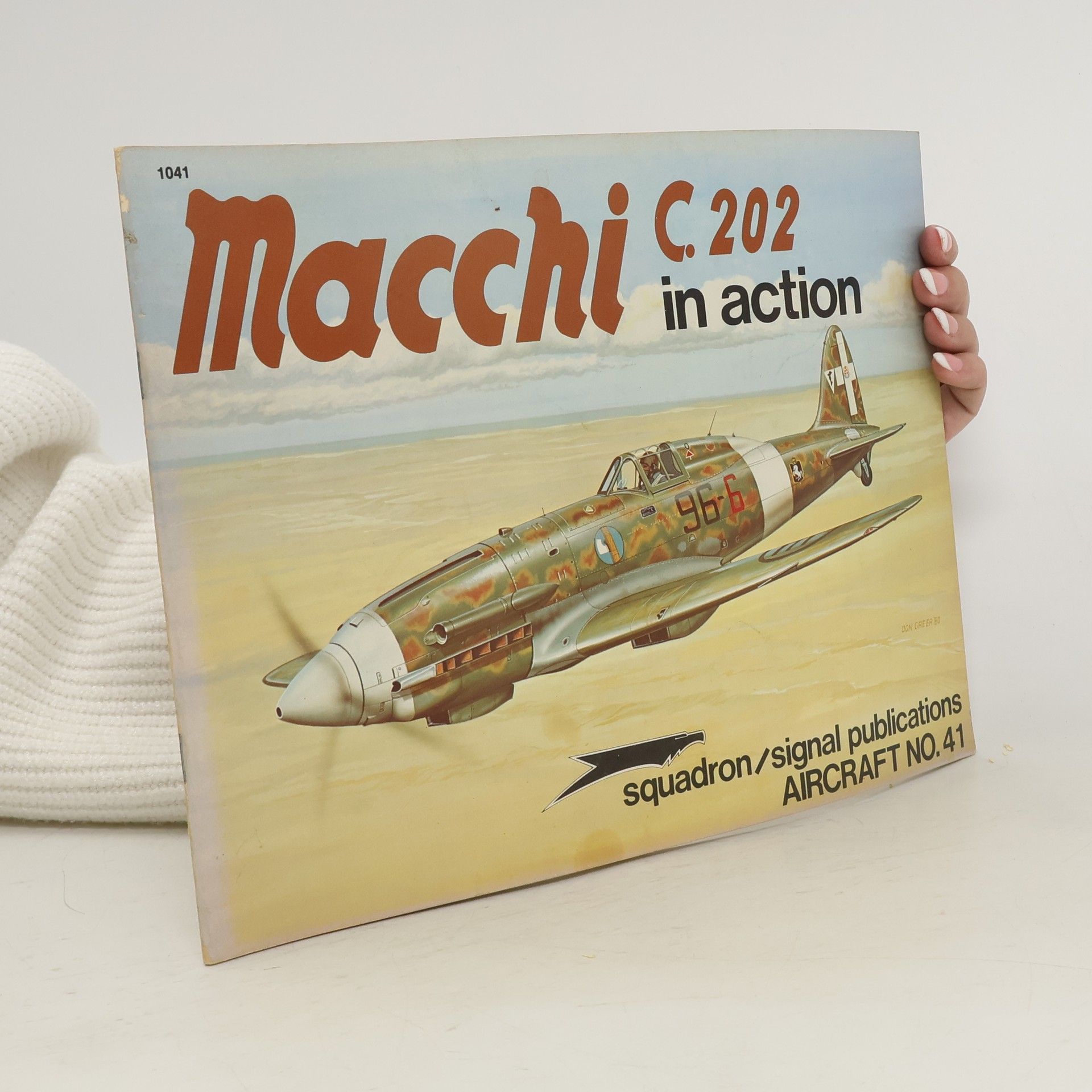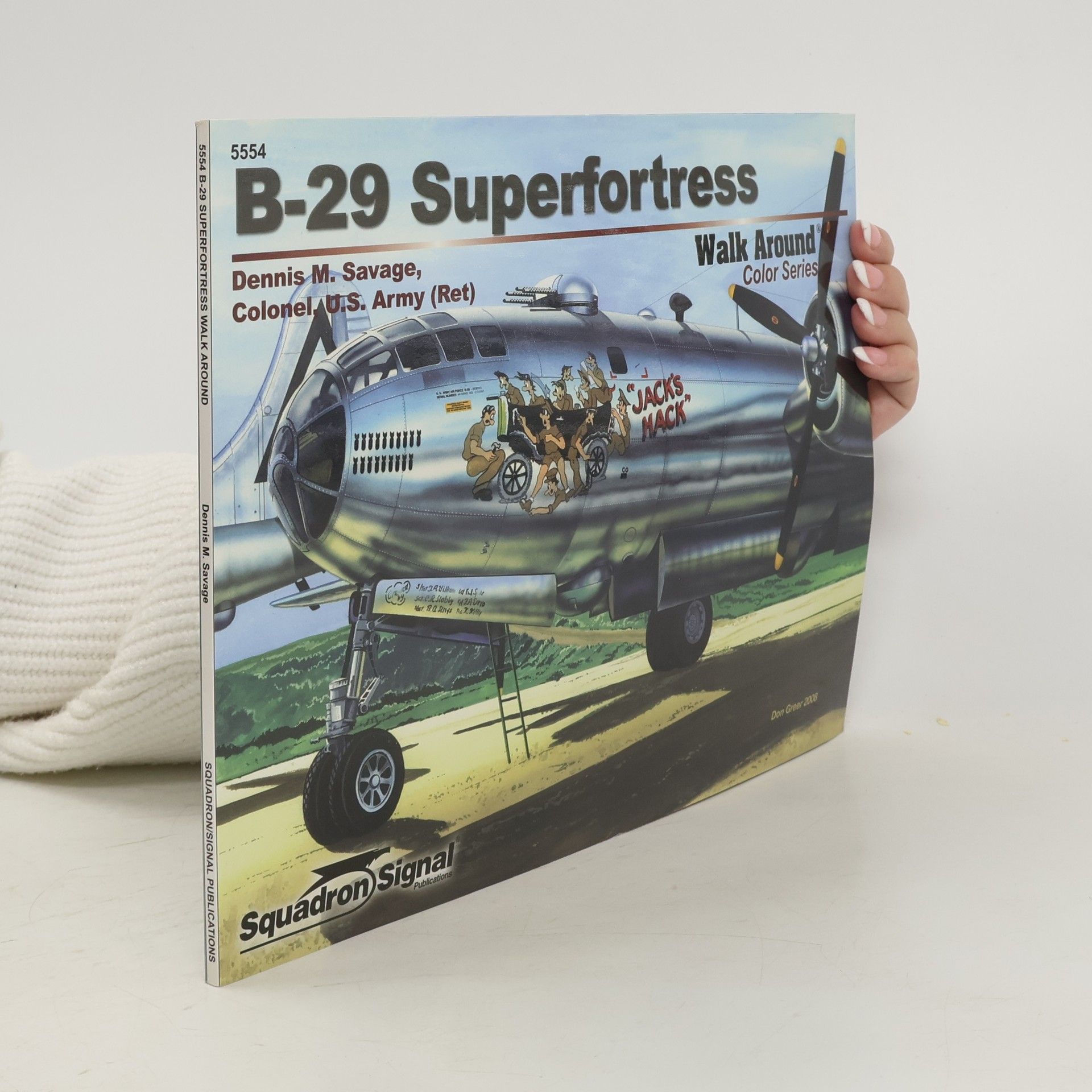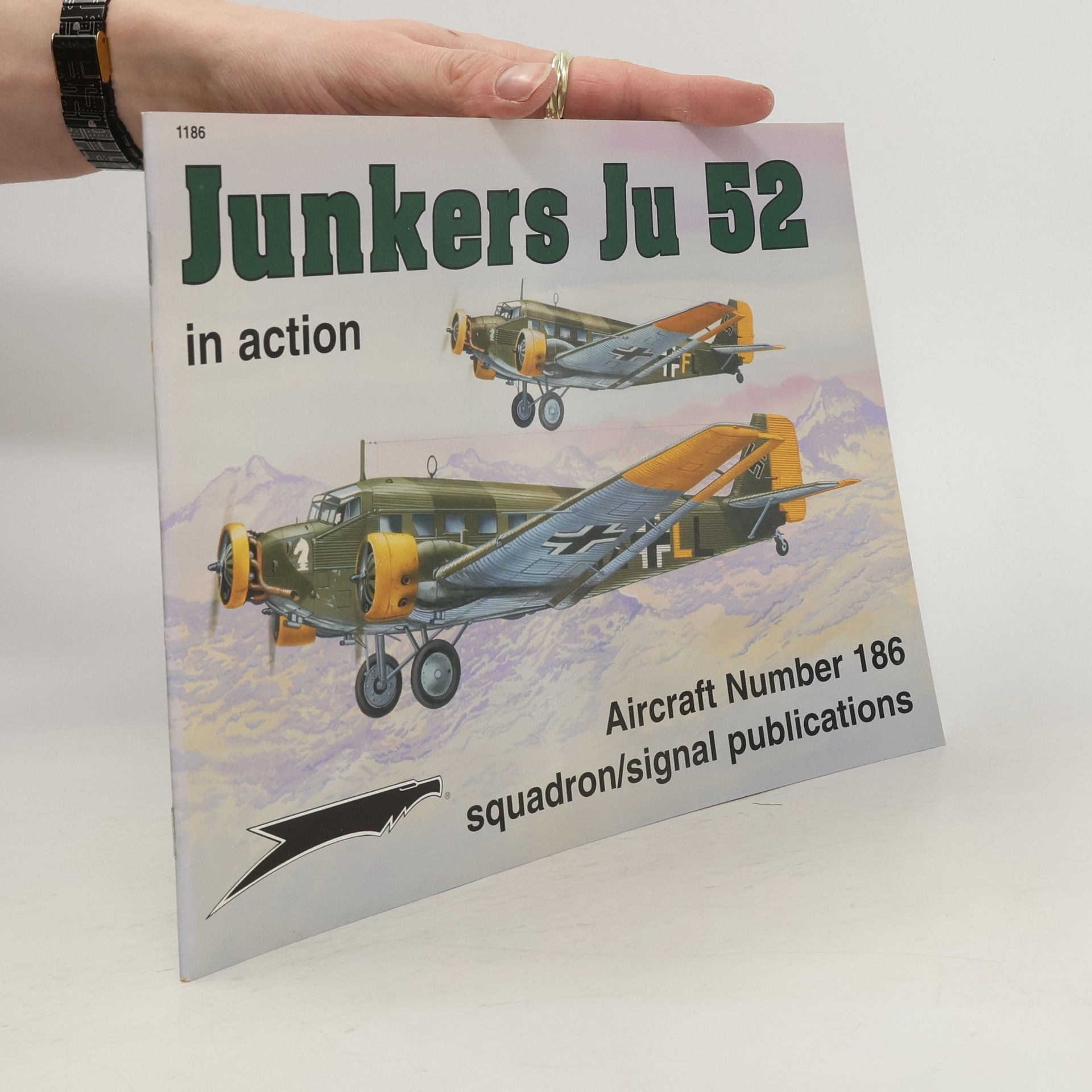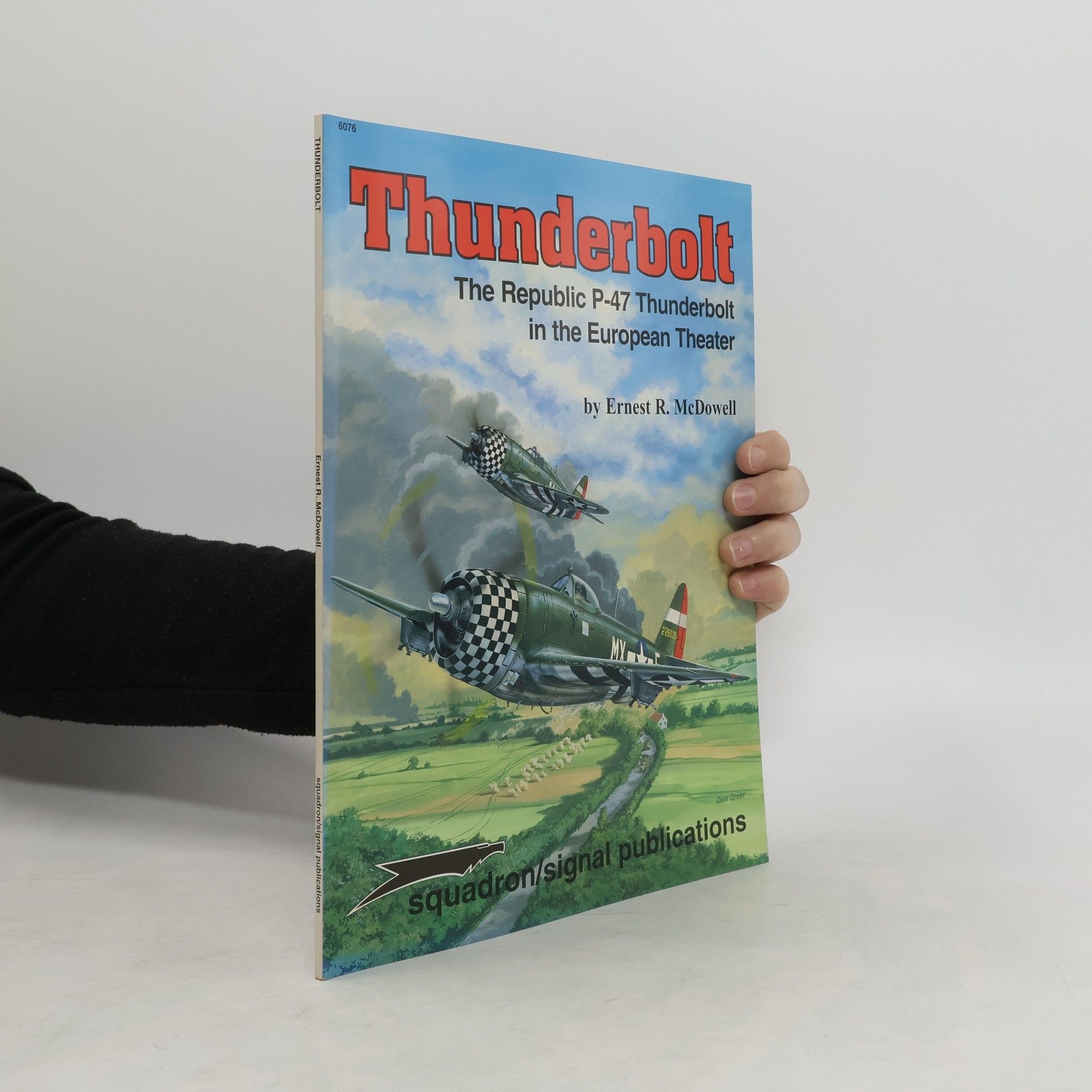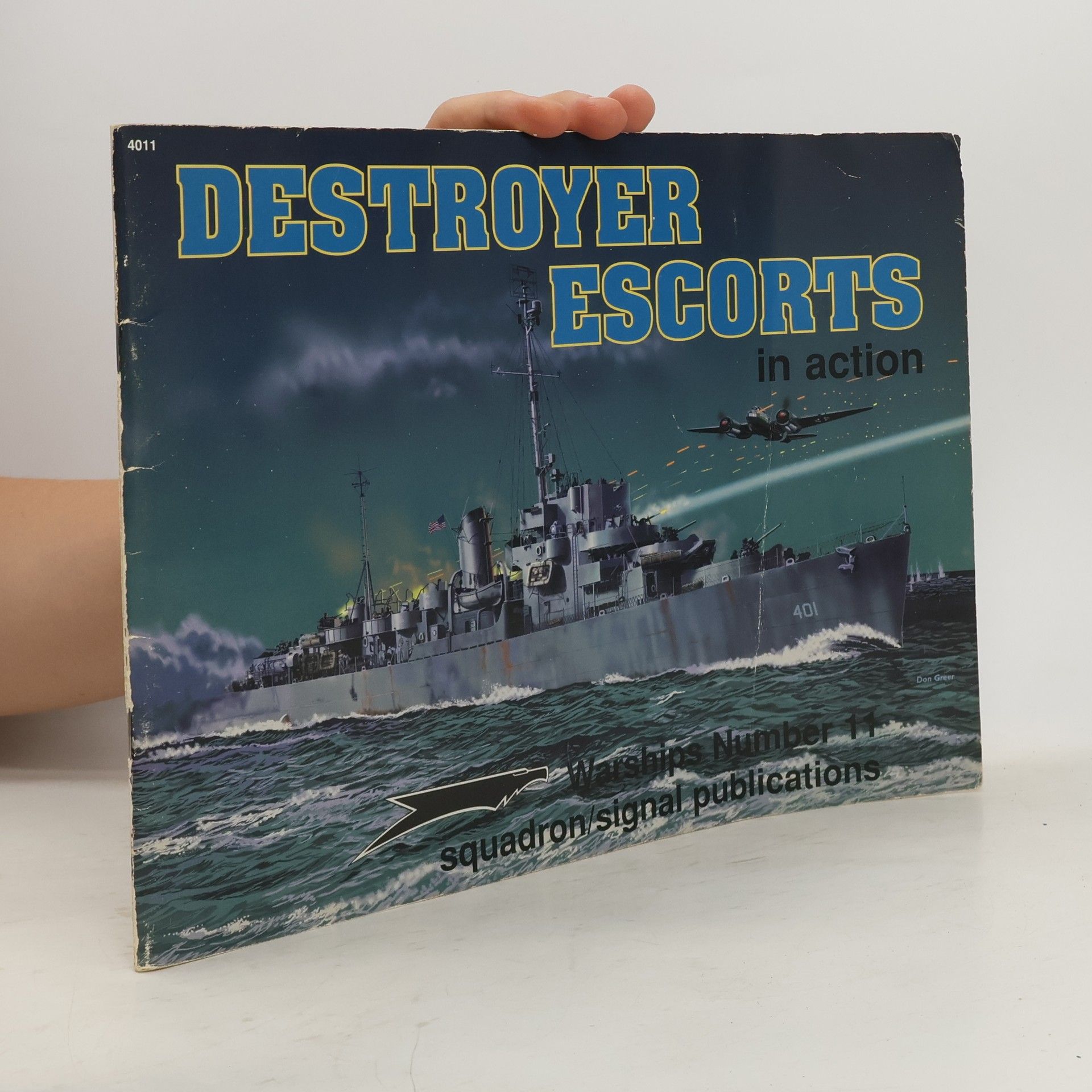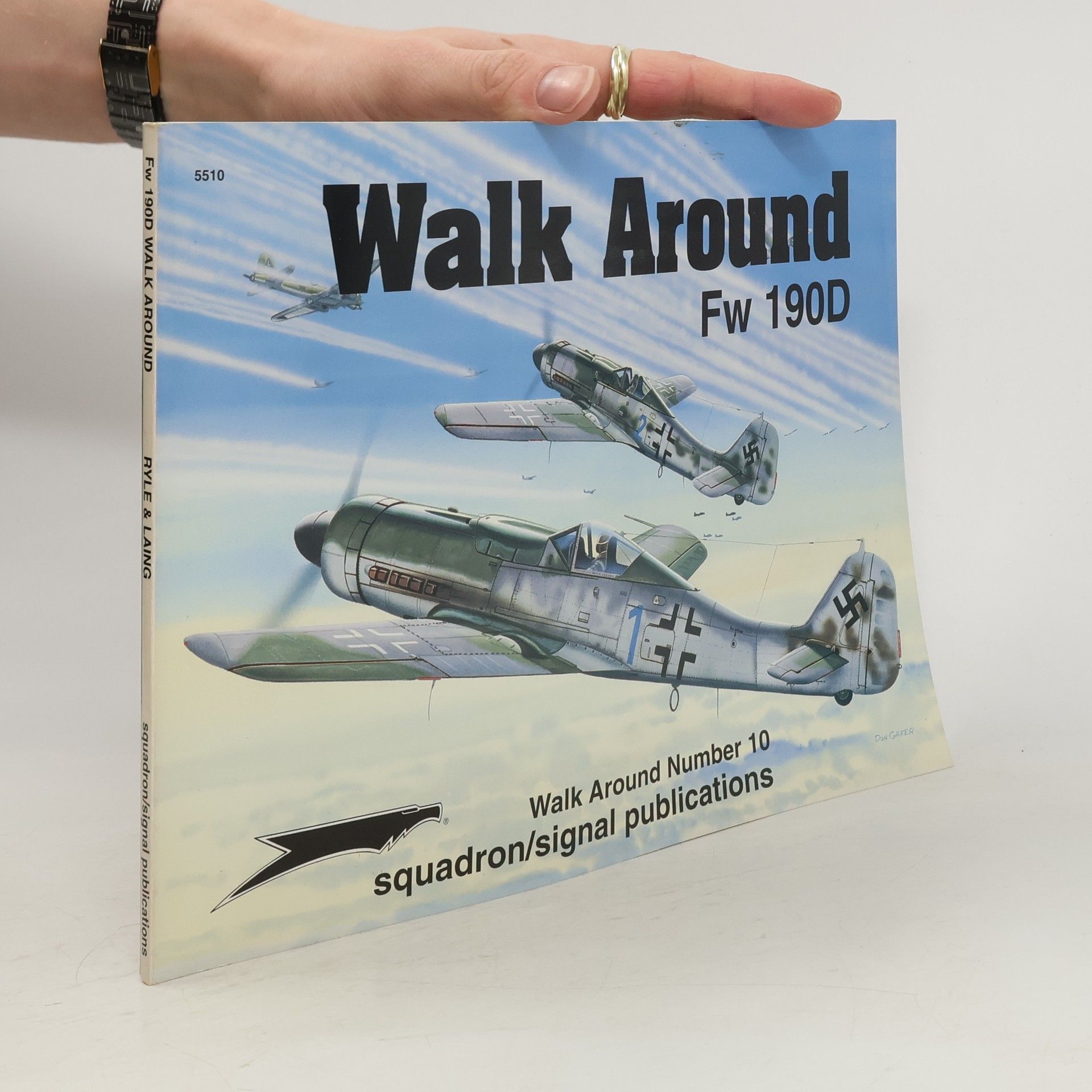B-29 Superfortress
- 80 pages
- 3 hours of reading
Equipped with pressurized cabins for high-altitude effectiveness, an electronic fire-control system, and remote-controlled machine-gun turrets, the B-29 Superfortress was the most advanced aircraft of WWII. Two of those planes, Enola Gay and Bockscar, dropped the atomic bombs on Hiroshima and Nagasaki in 1945. Yet over all, the B-29 received less notoriety than its storied elder siblings, the B-17 and B-24, perhaps because its service areas (the China, Burma, and India Theater and the Western Pacific) were less publicized than was the war in Europe. Designed by Boeing, nearly 4,000 B-29s had been turned out by the time production ended in 1946. Yet today, only a few meticulously restored and preserved examples of the historic aircraft survive.
